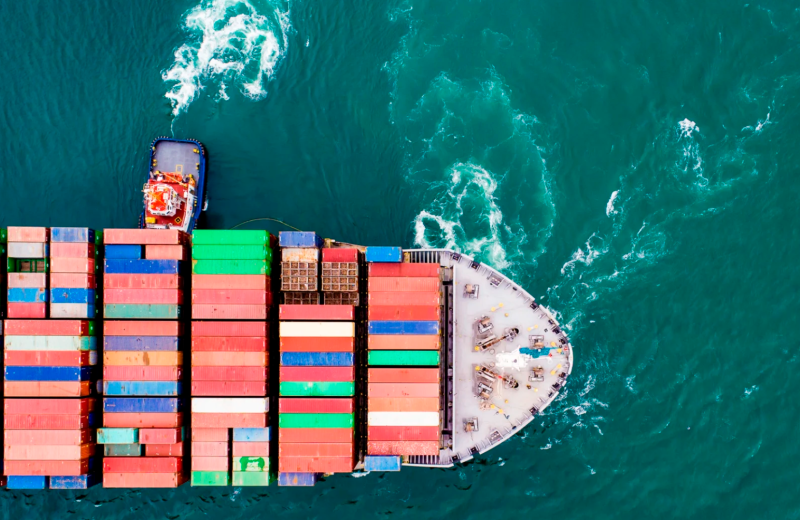According to the report, although the tonnage transferred decreased by 1.4% compared to 2023, the total value of Chilean maritime trade remained practically stable, with a slight positive variation of 0.04%, exceeding 144.8 billion dollars. This performance contrasts positively with 2023, when trade value fell by 12.7%, confirming a trend toward stabilization amid a still-challenging global scenario.
The decrease in volume during 2024 was mainly due to a 15.4% drop in liquid bulk cargo, a trend continuing from the previous year. However, general cargo showed a 7.9% increase in volume, accounting for 57.1% of the total value of maritime foreign trade, reaffirming its role as the main driver of Chilean port activity. Notably, in 2023, general cargo had fallen by 4.7%, so the increase recorded in 2024 represents a significant recovery.
Trade value steady despite lower volumes, with container traffic rising
Container traffic also signaled a clear rebound. The total number of TEUs handled grew by 7% compared to 2023, driven by a 9.6% increase in imports and a 2.7% increase in exports. In particular, full containers increased by 12.2%, a relevant turnaround considering they had recorded a 4.9% drop in 2023.
The territorial analysis by Camport reveals differences in foreign trade performance by macrozone. Some regions experienced a rebound in volume and value, especially those with a higher concentration of general cargo and containers, while others continued to be affected by the decline in solid and liquid bulk cargo. In terms of tonnage movement, the northern macrozone ranks first, followed by the central macrozone. In contrast, the southern and austral southern macrozones recorded lower volumes, as their operations are mainly focused on domestic shipping. In terms of cargo value, the central macrozone ranks first, followed by the northern macrozone.
Increased logistics costs
Internationally, 2024 was marked by increased logistics costs, driven by tensions in the Red Sea and restrictions in the Panama Canal. This situation affected route availability and cargo space, directly impacting freight rates, as reflected by major international indices: the Baltic Dry Index (BDI), Shanghai Containerized Freight Index (SCFI), and Drewry World Container Index (WCI). While these indices showed a steady decline in the second half of 2023, the trend reversed in 2024.
RELATED NEWS: Important Chilean prune delegation will attend MEWA India 2025
Despite external challenges, the value of foreign trade tended to stabilize after a downturn in 2023. In that year, total tonnage fell by 4.8% and cargo value in USD declined by 12.7%, marking a turning point in 2024. An improvement was also noted in the performance of high-value exports, particularly from the mining, forestry, and agri-food sectors.
Camport’s maritime foreign trade report provides a clear picture of the strategic role played by the port system in Chile’s economy, not only as a platform for exports and imports but also as a driver of connectivity, employment, and competitiveness. The annual report stands as a key tool for decision-making in public policy, regional development, and infrastructure investment in a context that demands strategic vision and constant adaptability.
Source: Portalportuario





















